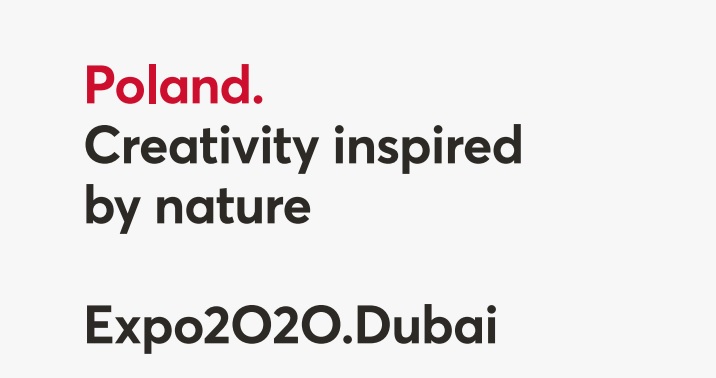Technologies
Menu
GENERAL INFORMATION
Our patented technology of non-ionic metallic nano-colloids has the longest history in Europe.
We have over 20 years of experience in the production and improvement of nano-colloids in Europe and USA .
Important characteristics of crystalline nanoparticles:
Structure:
- mono-crystalline, metal retains its characteristics
- flat – platelets – a few atoms thick,
- the largest achievable surface area in relation to the mass, (for silver about 100m² per 1g),
- “almost transparent” for electrons in TEM.
Other features
- free from surface contamination,
- durability and chemical stability,
- the ease of “sticking” to any surface,
- minimized reaction to light (no photographic effect typical of silver and its compounds),
- concentrations tailored to customers’ needs.
The purpose of our products is not only to provide natural agents that eliminate bacteria and fungi or have aesthetic qualities but also to provide them in:
- optimal form,
- the smallest amount,
- and effective concentration.

Nano colloids are a suspension of pure water and the unique shape of metal nanoparticles.
Company’s products are obtained using a physical method. Flat , monocrystalline particles eliminate undesirable chemical hyperactivity and tendency to coagulation that occurs with some competing products. Our products contain the purest certified precious metals.
PRODUCT CHARACTERISTICS:
are available in liquids such as:
- demineralized water in accordance with the rules of pharmacopoeia,
- oils,
- alcohols,
- monomers,
- liquids tailored to the customer’s needs
Nanocolloids are based on metals such as:
- silver Ag
- copper Cu
- gold Ag
- platinum Pt
- Molybdenum Mo
- Rodium Rh
- metal alloys or mixtures of multiple metals.
BENEFITS OF USING NANO-KOLOID TECHNOLOGY
- as a substrate or a standalone product improves the efficiency and quality of products by increasing or offering long-term antibacterial properties that prevent the growth of microorganisms, (silver and copper work even after drying)
- opens the way to a new generation of products based on colloidal substances so far not available, i.e. colloids of metal alloys or oil-based colloids or liquids supplied by customers allowing retained product rheology and eliminating the need for additional substances, e.g. emulsifiers
- allows the use of products in agriculture, plant protection, veterinary medicine, medicine, cosmetics, materials science and electronics
- allows more economical and efficient products (the active surface of the particles contained in the our colloids is the largest compared to the mass, so you can use lower concentrations of metals with a similar effect)
- promotes ecological production
PHOTOS OF NANOPARTICLES:
Photos obtained in TEM technology or scanning microscopy: nanoparticle clusters (from left) silver, gold, silver and platinum. A transparent crystal lattice of the metal is visible on them.




COMPARISON OF TECHNOLOGY
◦ Most of the silver colloid products on the market are ionic , because they are cheap and trivially easy to make, and this negatively reflects on product quality and efficiency.
◦ Real colloidal silver contains small metallic silver nanoparticles that are complete and inert and do not easily come into chemical reactions with other compounds. Ionic silver is highly reactive with other elements and is extremely unstable.
◦ Other colloids produced by physical method also differ in quality, but most importantly in efficiency.
◦ Our company is not only a leader in the production of nonionic nanocolloids, but the creator of our technology, Maciej Pike-Biegunski, was the first to introduce it to the European market and set the concentrations currently used by the market as standard (50PPM, 25 PPM).
| NANO-KOLOID | COMPETITIVE PRODUCTS |
|---|---|
| Non-ionic nano-crystalline particles | Non-crystalline forms, often of chemical origin |
| Produced in the physical process | Produced in physical processes and more often in chemical processes |
| Chemically pure | Often chemically contaminated |
| More chemically resistant | Less chemically resistant (very active-ionic) |
| Highest efficiency to mass ratio | Higher mass with less efficiency (smaller active surface area) |
| The optimal shape of the nano-platelets | Spherical particles or clusters – not-optimal shape |
| Longer activity span | Short-term effects quickly turns into ineffective salts or other chemical substances (ionic) |
| Higher resistance to light | Lower resistance to light |
| Available in various media (water, oil, alcohol, monomers, etc.) | Available only in water or powders |
| Unique patented technology | No unique features |
| Fast, economical and ecological production process | A slowly non-ecological production process that often requires high energy consumption |
| Available in a very wide spectrum of concentration (up to 1000 PPM in commercial applications) | Some available in lower concentrations or higher concentration, but ineffective due to particle size |
| High homogeneity of particles | Lower homogeneity of particles |
| Unique adhesion to the surface – thanks to the flat shape – extending the surface effect | Low adhesion to the surface due to the spherical or cluster shape |
| Prolonged antibacterial effect | Time-limited antibacterial effect especially of ionic products |
| Patented method of production of metal nanoparticles | The unpatented method of production, often advertised patents have nothing to do with the real method of obtaining colloids, outdated or stolen methods having only interesting marketing slogans, and not modern products with proven features |
| Differences between colloids occur to varying degrees depending on the technology. |

PARTICLES CONTAINED IN COLLOIDS FROM OTHER TECHNOLOGIES
NANO KOLOID SPÓŁKA Z
OGRANICZONĄ
ODPOWIEDZIALNOŚCIĄ
realizuje projekt dofinansowany
z Funduszy Europejskich
pt.
„Wzrost rozpoznawalności
polskiej marki produktowej Nano Koloid
na rynkach zagranicznych.”
Celem projektu jest kompleksowa promocja na arenie międzynarodowej,
a w szczególności na rynkach Bliskiego Wschodu,
produktów marki Nano Koloid służąca umocnieniu rozpoznawalności
marki i wzrostowi jej konkurencyjności.
Dofinansowanie projektu z UE: 257 792,00 PLN.
Całkowita wartość projektu: 322 240,00 PLN.
a w szczególności na rynkach Bliskiego Wschodu,
produktów marki Nano Koloid służąca umocnieniu rozpoznawalności
marki i wzrostowi jej konkurencyjności.
Dofinansowanie projektu z UE: 257 792,00 PLN.
Całkowita wartość projektu: 322 240,00 PLN.








